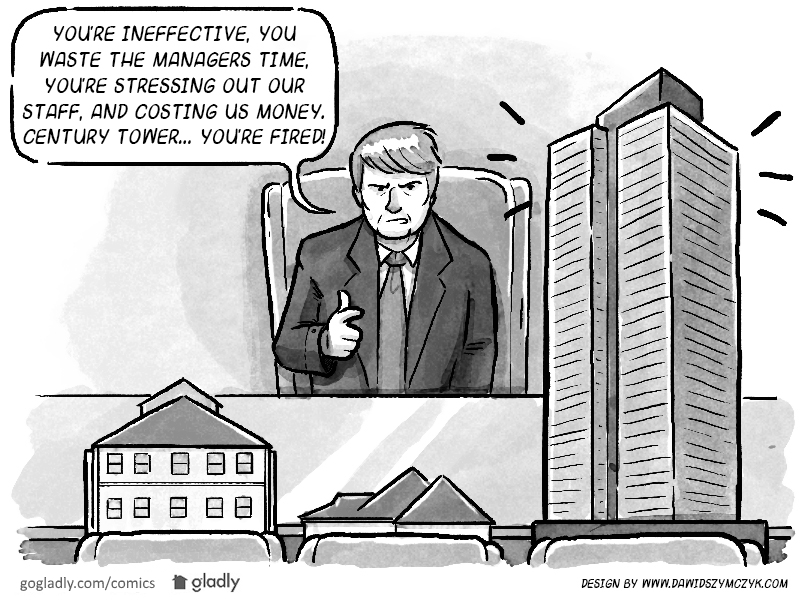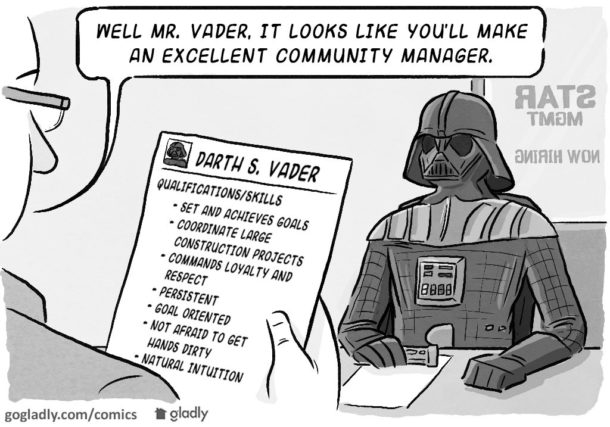If you’re a community association manager (CAM), you’ve probably had one of those clients who soaks up too much of your time and energy. This type of client can be stressful and exhausting for managers and will, in the long run, affect your overall customer service and reduce profits. Here are a few of the symptoms of these types of clients.
- Long meetings
- Constantly changing policies
- Adversarial nature
- Unrealistic expectations
- Don’t seek or listen to sound advice from professionals.
The question is — What to do about it? The simple solution is to just fire the client. But let’s face it, if we fired every client that had a 3 hour meeting, we wouldn’t have very many clients. In many cases these problems come down to misunderstandings and poor communication. So before you fire that client, here are a few things you may want to consider.
Training
I’m not talking about training for your manager, I’m talking about training for your client. It’s no secret that most board members have very little experience and knowledge regarding their board responsibilities. Your board members need to know what their role is and more importantly, the role and limits of their manager.
Utilize the resources available through organizations like the CAI, hold training sessions on a regular basis, or create your own training materials or videos.
Manage Expectations
I used to think that “manage expectations” was code for “prepare them for disappointment”. The truth is, when your client knows what to expect and those expectations are met, they’re rarely disappointed.
Setting clear expectations will help you avoid misunderstandings. When your client understands that the management fee they pay is based on an estimate of the amount of time your employees will spend taking care of them they begin to realize that they can’t monopolize all of your time.
Re-Evaluate the Contract
A frank discussion with the board about the contract and a re-evaluation of the management fee can be a reality check for both the client and the manager. Determine if additional fees need to be implemented to match the level of service they are demanding.
Make Them Your Competitor’s Problem
Don’t spend too long trying to fix a bad client. If you have taken the steps mentioned above and it hasn’t solved the issue it’s time to let them go. Give them notice and send them on their way. Be careful to handle it professionally and avoid burning bridges. A few years ago, as a manager we let a community go for some of these reasons. A couple years later with a new board at the helm, they came back, and ended up being one of our best communities.
Bad clients can hurt your business and burn out your employees. It’s your job to help these clients get better, or let them go.
- Liar, Liar, Pants on Fire! Handling Misinformation in Your HOA - March 13, 2019
- Setting the Ground Rules for Neighbor Disputes - June 27, 2018
- HOA Board Responsibilities – It’s Not as Difficult as You’re Making It. - April 23, 2018



 Help
Help
Another difficult call is to withdraw your CA management company from consideration before committing to what you know is difficult potential client. Walk away before you disappoint them because they will never be manageable. It’s easier said than done.
Good article!
Good point, Tanoa. A few years ago I interviewed executives at many management companies. More than a few of them told me that one of the secrets to their success was to be selective about their clients. Avoid the problems before they ever start!